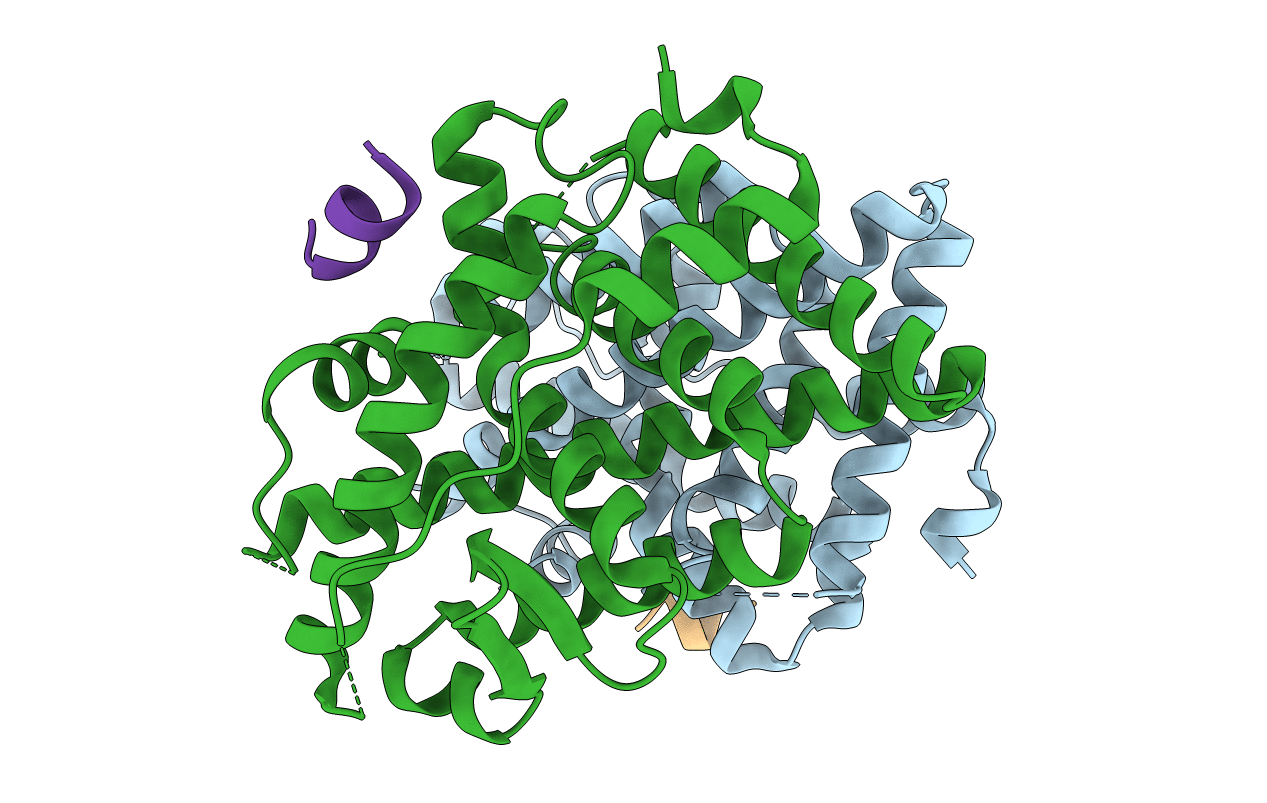
Deposition Date
2014-04-02
Release Date
2015-04-08
Last Version Date
2024-02-28
Entry Detail
PDB ID:
4Q13
Keywords:
Title:
Apo Estrogen Receptor Alpha Ligand Binding Domain D538G Mutant with a glucocorticoid receptor-interacting protein 1 NR box II peptide
Biological Source:
Source Organism:
Homo sapiens (Taxon ID: 9606)
synthetic construct (Taxon ID: 32630 )
synthetic construct (Taxon ID: 32630 )
Host Organism:
Method Details:
Experimental Method:
Resolution:
2.24 Å
R-Value Free:
0.24
R-Value Work:
0.19
R-Value Observed:
0.20
Space Group:
P 1 21 1


